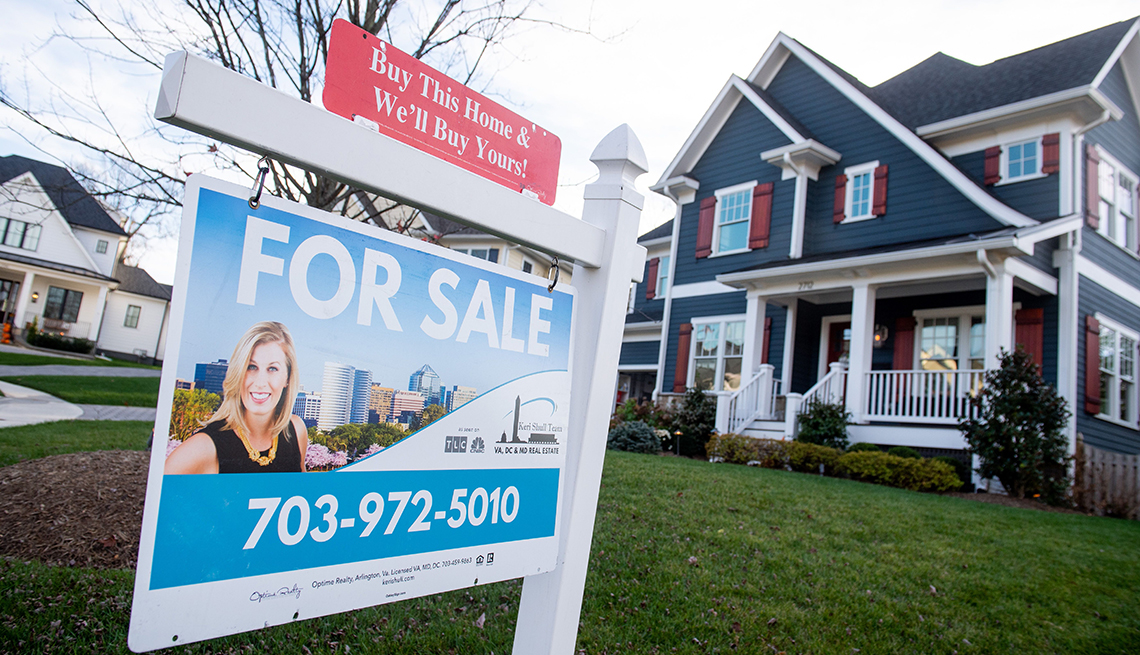Staying Fit
Blame it on the pandemic, supply-demand imbalance, inflation or a combination of all three, but in any case, housing costs are soaring, whether older Americans are renting, aging in place or seeking to purchase a new home.
Just how bad is it? According to real estate platform Zumper, rent prices surged 12 percent year-over-year in 2021 and continue to increase this year. The median price for a one-bedroom apartment rose 1.5 percent in February when compared with January. To put it in perspective, for all of 2020 the median rent for a one-bedroom apartment rose 0.6 percent. In 2019 it was a 0.3 percent increase.


AARP Membership— $12 for your first year when you sign up for Automatic Renewal
Get instant access to members-only products and hundreds of discounts, a free second membership, and a subscription to AARP the Magazine.
“That is a lot for one month, especially if you take into account in February in a lot of parts of the country it’s cold and nobody wants to move,” says Jeff Andrews, senior market analyst at Zumper. “Typically rents pull back in the winter and that didn’t happen at all.”
Prices for homes are soaring, too. According to the S&P CoreLogic Case-Shiller U.S. National Home Price Index, home prices gained 18.8 percent the 12 months ended in December. According to the National Association of Realtors (NAR), in January the inventory of available homes stood at 860,000, which Gay Cororaton, a senior economist at NAR, said is the equivalent of 1.6 months of supply. The desirable level is five to six months of supply.
There are reasons to be optimistic later in the year and beyond. The Federal Reserve plans to raise interest rates multiple times this year. That will drive mortgage rates up, reducing demand for homes, and ultimately slowing price growth or even driving prices down. “We should expect slower home appreciation in 2022 and over the next two years,” says Cororaton. “Rising rates will help control demand for homes and will make prices more affordable. That will spill over into the rental market.”
But if you are among the countless older adults who can’t wait for housing prices and rents to cool down, there are some things you can do to defray the costs today.
1. Negotiate a longer lease
If you’re finding it difficult to make your rent or are worried your landlord is going to increase it or worse, evict you, try to negotiate a longer lease, says Andrews. This tactic may work better if you are renting from an individual rather than a property management company or a large real estate conglomerate that owns lots of properties and has to answer to shareholders. “I live in Brooklyn in a brownstone and my landlord lives below me. She’s renting to pay her mortgage. It’s been five years and she has not raised my rent yet,” says Andrews. “My landlord is trying to pay her mortgage and my rent does that. She doesn’t have a hard-core incentive to try to raise my rent.”



































































